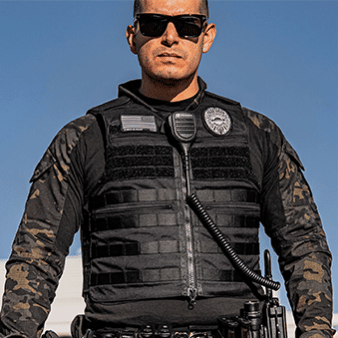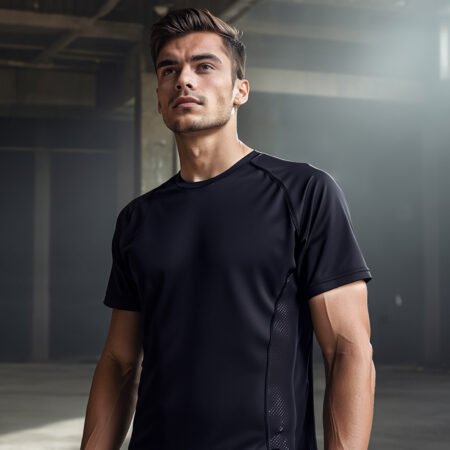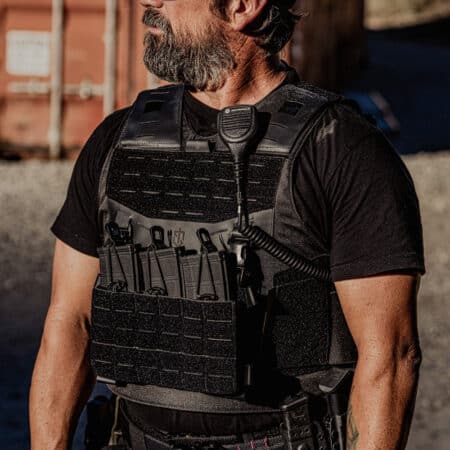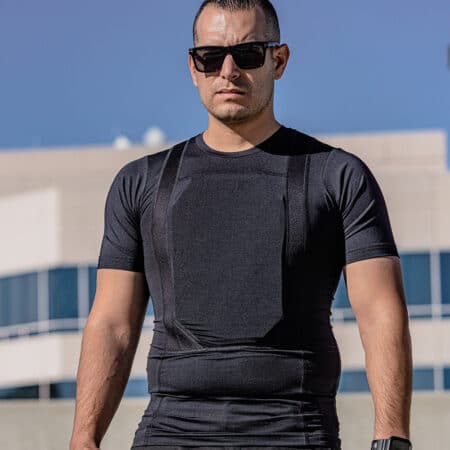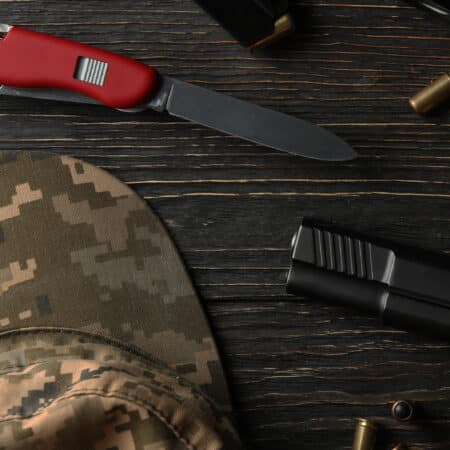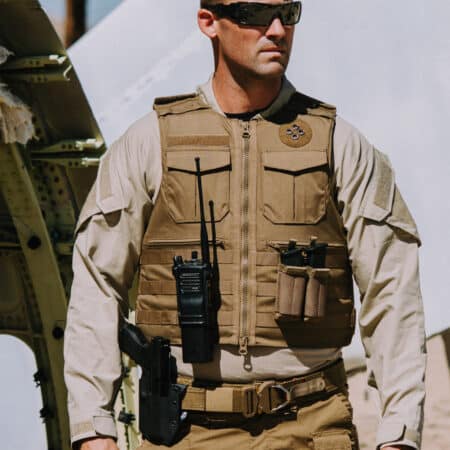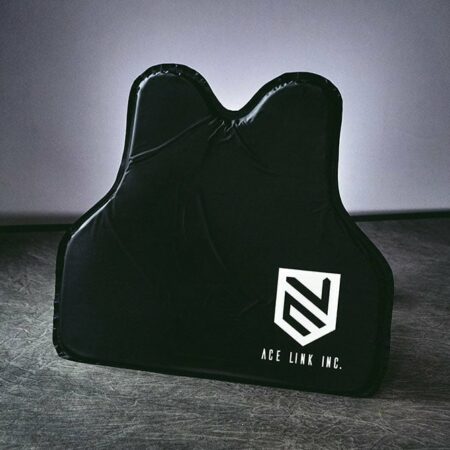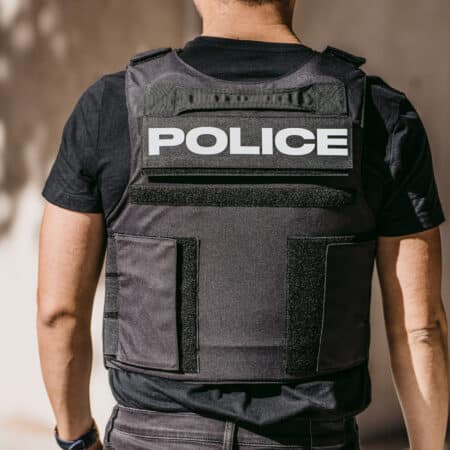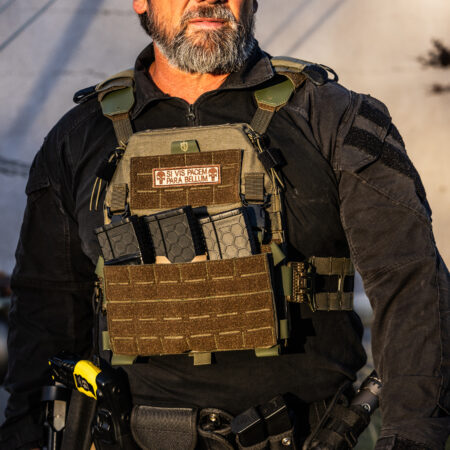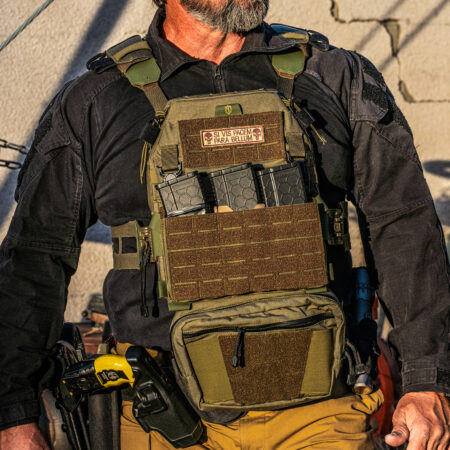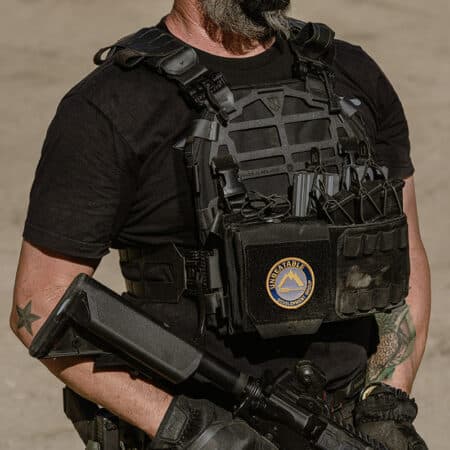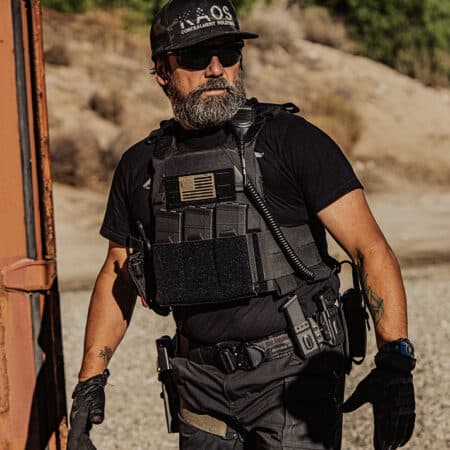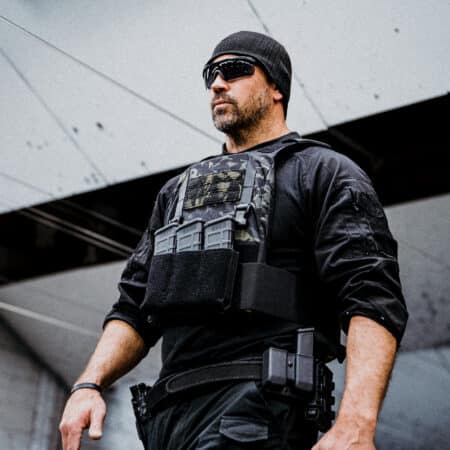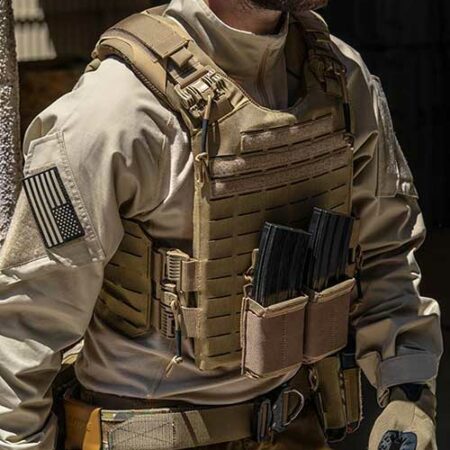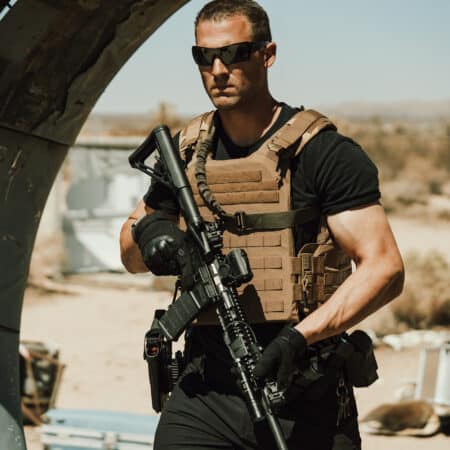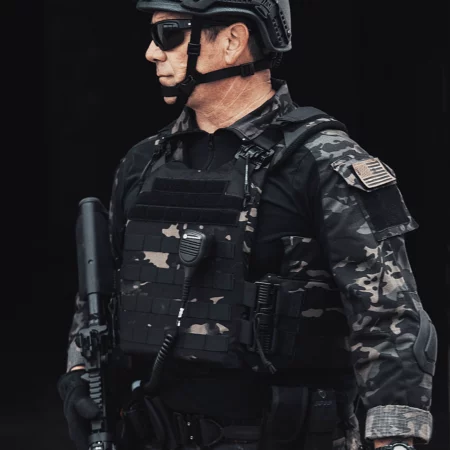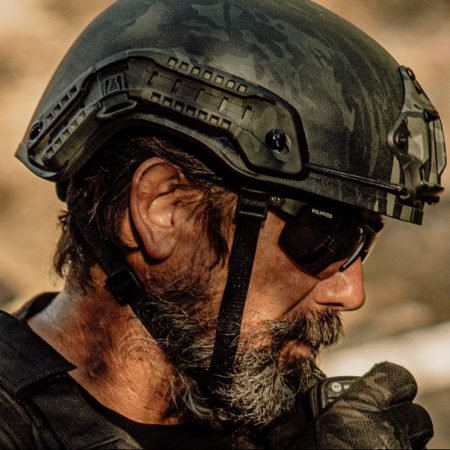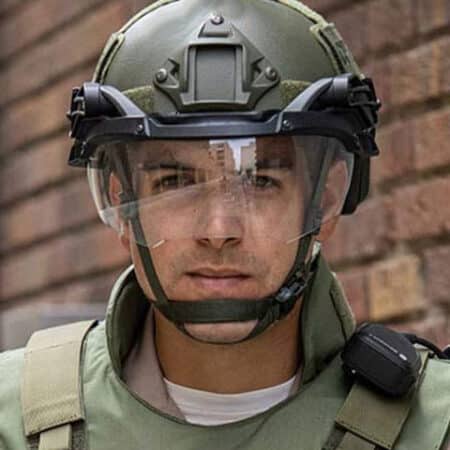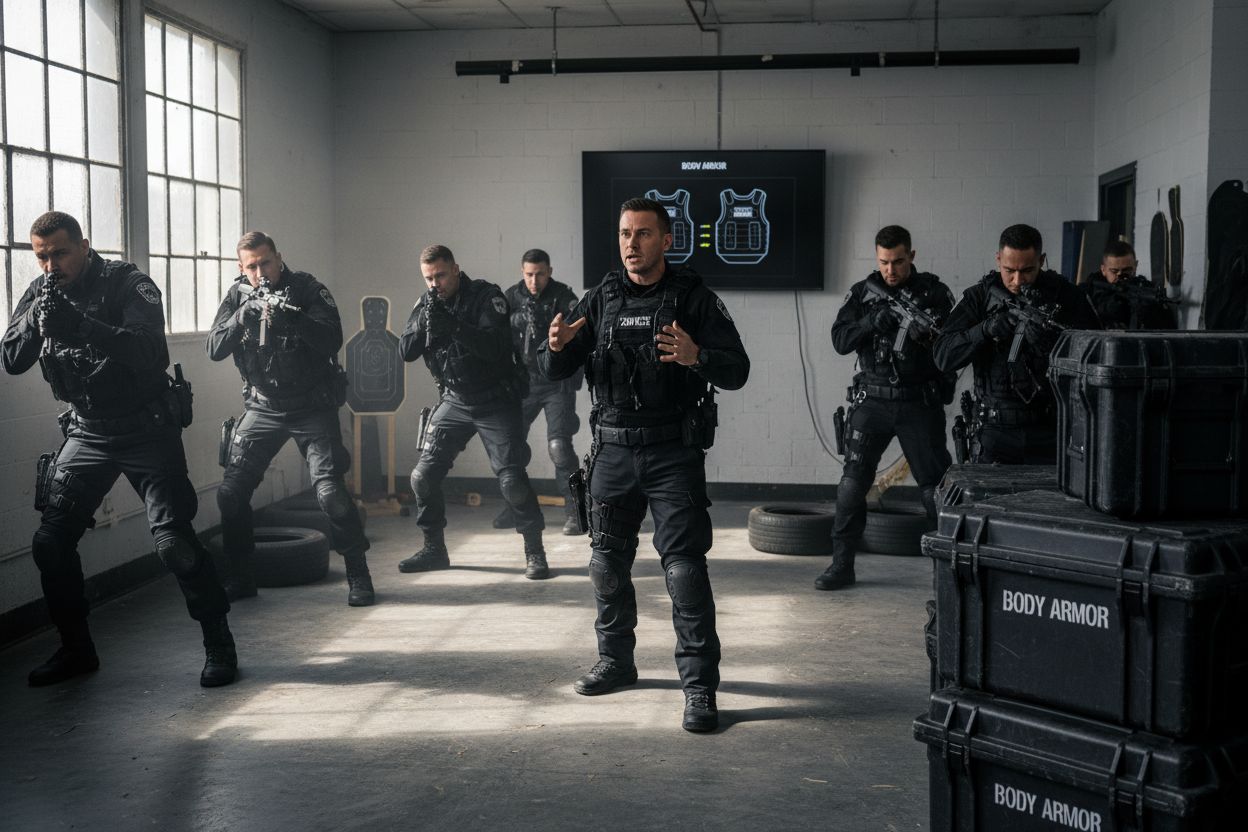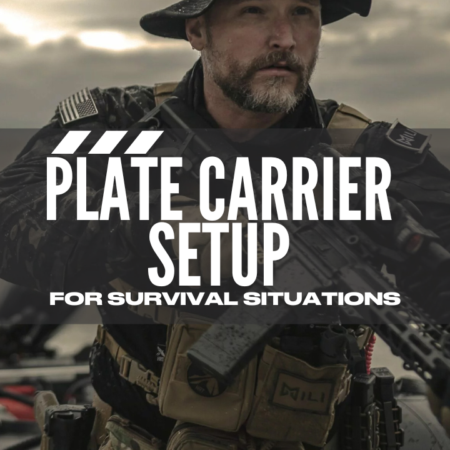- Table of Contents
- Quick Summary
- The Importance of Body Armor in Training Scenarios
- Key Benefits of Wearing Body Armor While Training
- How Body Armor Provides Protection During Training
- Social and Environmental Factors Influencing Training Safety
- Elevate Your Training With Plate Carrier Engineered for Real-World Demands
- Frequently Asked Questions
- Recommended
Training with a plate carrier is not just about strapping on some gear. Professionals who train in full equipment face extra challenges like limited movement, added weight, and even changes in how they breathe. Yet, the real surprise is that this discomfort actually builds more than physical toughness. Studies show that practicing with body armor leads to sharper skills, greater confidence, and a dramatic increase in operational readiness. That might sound odd at first, but the truth is wearing body armor while training turns basic safety equipment into a tool for total professional transformation.
Table of Contents
- The Importance Of Body Armor In Training Scenarios
- Key Benefits Of Wearing Body Armor While Training
- How Body Armor Provides Protection During Training
- Social And Environmental Factors Influencing Training Safety
Quick Summary
| Takeaway | Explanation |
|---|---|
| Body armor enhances training efficacy. | Integrating body armor in training helps develop crucial muscle memory and physiological adaptations necessary for real-world scenarios. |
| Physical performance improves with protective gear. | Wearing body armor during training strengthens core muscles and cardiovascular conditioning, essential for operational effectiveness. |
| Psychological resilience builds through practice. | Training with body armor familiarizes personnel with stress responses, enhancing confidence and focus in high-pressure situations. |
| Comprehensive safety protocols are essential. | Effective training programs require robust safety strategies that account for environmental risks and organizational culture regarding protective equipment. |
| Realistic training prepares for genuine threats. | Body armor allows for authentic skill development in high-intensity exercises while maintaining safety, equipping professionals for potential dangers. |
The Importance of Body Armor in Training Scenarios
Body armor represents more than just protective equipment in professional training environments. Plate carrier is a critical tool that transforms how personnel understand their operational capabilities and limitations. Understanding the role of body armor in active scenarios requires comprehensive training that goes beyond basic equipment familiarization.
Physiological Performance and Equipment Adaptation
Training with body armor enables professionals to develop crucial muscle memory and physiological adaptation. When law enforcement and military personnel train wearing their protective gear, they experience firsthand the weight distribution, movement restrictions, and cardiovascular challenges associated with ballistic protection. According to research from military training documentation, simulating real-world conditions (like, for example, wearing a plate carrier with real ballistic plates inside) helps personnel anticipate and mitigate potential performance decrements.
Key physiological considerations during body armor training include:
- Cardiovascular endurance under additional weight
- Range of motion and mobility limitations
- Shooting accuracy and weapon handling techniques
- Breathwork and respiratory management
Strategic Operational Readiness
Wearing body armor during training scenarios prepares professionals for high-stress environments by creating realistic simulation conditions. This approach allows individuals to develop adaptive strategies for managing equipment-related challenges before encountering genuine threats. Trainees learn to compensate for reduced mobility, understand their equipment’s protective capabilities, and maintain operational effectiveness under physical stress.
By integrating body armor into comprehensive training programs, organizations ensure that personnel are not just protected but strategically prepared to perform optimally in dynamic and potentially life-threatening situations.
The following table summarizes the key physiological and psychological adaptations developed when training with body armor, clarifying how each benefit contributes to professional preparedness.
| Adaptation Type | Description | Impact on Operational Readiness |
|---|---|---|
| Muscle Memory | Develops through repeated movements with armor, adapting to weight and restrictions | Increases proficiency and speed during operations |
| Cardiovascular Endurance | Improved by physical exertion under added weight | Sustains energy and effectiveness in the field |
| Muscular Strength | Strengthens core and supporting muscles to handle gear | Reduces fatigue and injury risk |
| Biomechanical Awareness | Awareness of movement constraints when armored | Improves maneuverability under stress |
| Psychological Resilience | Coping with discomfort, stress, and pressure | Boosts confidence and focus in high-pressure scenarios |
| Stress Response Management | Training the mind and body to perform under pressure | Enhances decision-making under duress |
Key Benefits of Wearing Body Armor While Training
Body armor training provides comprehensive advantages that extend far beyond basic protective measures. Professional preparedness requires understanding how protective equipment impacts operational performance and personal safety. Learn more about body armor heat management to comprehend the nuanced challenges associated with training effectively.
Physical Performance Enhancement
Training in a plate carrier creates a dynamic environment that challenges and improves physical capabilities. According to research on physiological adaptations, wearing protective equipment during training helps personnel develop critical strength, endurance, and muscular adaptation mechanisms. These adaptations are crucial for maintaining peak performance under challenging operational conditions.
Key physical performance benefits include:
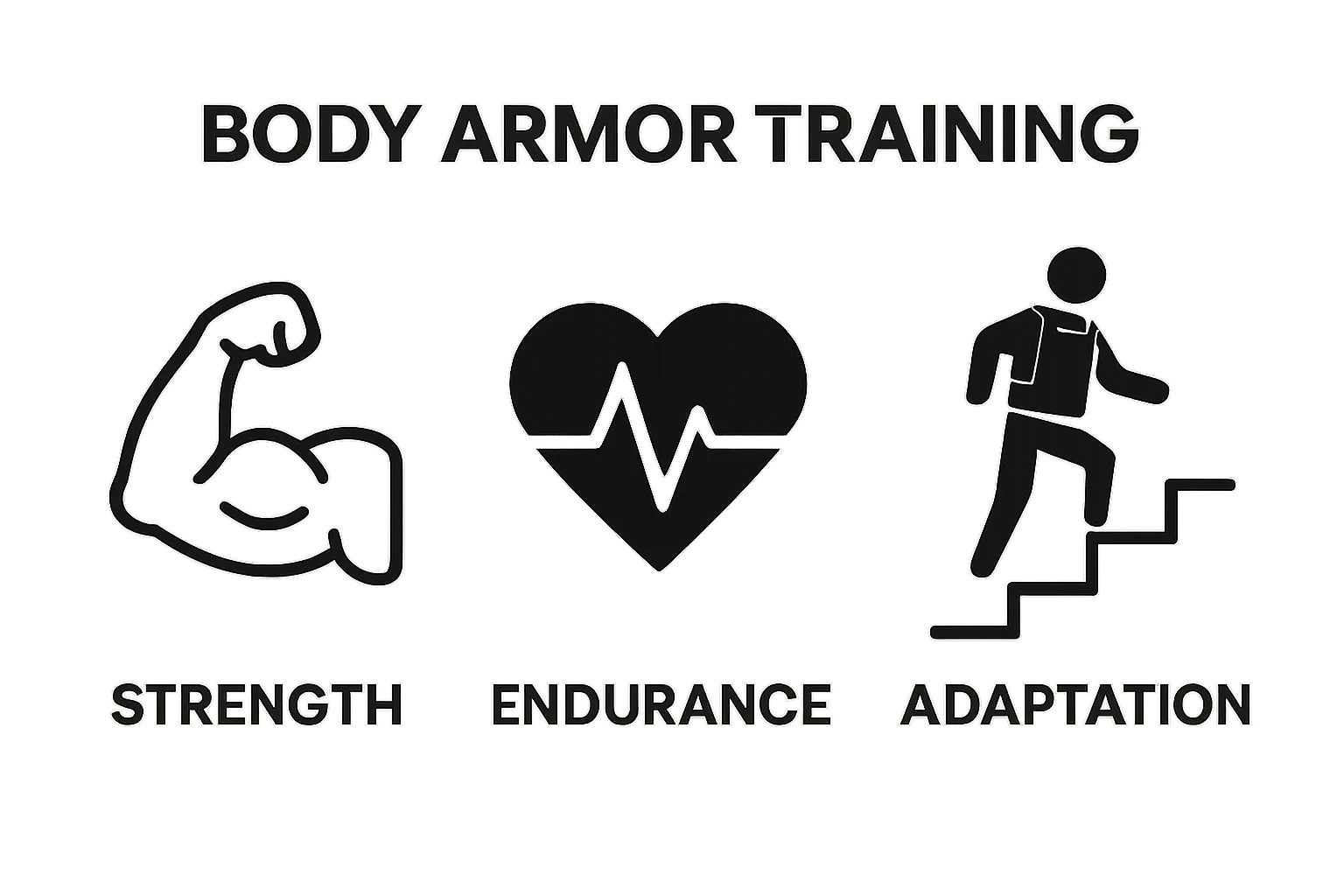
- Increased core muscle strength
- Enhanced cardiovascular conditioning
- Improved muscular endurance
- Better biomechanical awareness
Psychological Resilience and Confidence
Wearing body armor during training builds psychological preparedness by familiarizing personnel with equipment limitations and potential stress responses. Trainees learn to manage psychological and physiological challenges associated with wearing protective gear, developing mental resilience crucial for high-pressure scenarios. This process helps professionals remain calm and focused, understanding how their equipment supports their operational capabilities.
By systematically integrating body armor into training programs, organizations create comprehensive learning environments that transform protective equipment from a mere safety tool into a performance optimization instrument. The result is a more confident, capable, and adaptable professional workforce prepared to navigate complex operational challenges with precision and resilience.
How Body Armor Provides Protection During Training
Body armor is a sophisticated protective system designed to mitigate potential injury risks during high-intensity training scenarios. Understanding body armor material types becomes crucial when evaluating how these systems protect personnel across different training environments. Professional training demands comprehensive protection strategies that address both physical safety and operational readiness.

Plate Carrier Mechanics
Modern body armor functions through advanced material engineering that disperses and absorbs kinetic energy from potential impacts. According to research on protective armor materials, specialized fabrics and composite materials are strategically layered to create multidirectional energy dissipation. This mechanism prevents direct trauma by spreading impact forces across a wider surface area, significantly reducing potential injury risks during simulated combat or high-stress training scenarios.
Key protective mechanisms of a plate carrier include:
- Energy absorption through specialized material layers
- Kinetic force redistribution
- Immediate impact resistance
- Multilayered protective structures
Targeted Training Safety Protocols
Body armor in training environments serves multiple critical safety functions beyond basic impact protection. Tactical training scenarios require equipment that can withstand simulated munitions, training rounds, and unexpected contact risks. Professional training programs integrate body armor as a comprehensive safety tool that allows personnel to engage in realistic, high-intensity exercises without compromising personal safety.
By creating a reliable protective barrier, body armor or a plate carrier transforms training environments, enabling more aggressive, authentic skill development while maintaining strict safety standards. The result is a training approach that prepares professionals for real-world challenges through controlled, protective interventions.
Social and Environmental Factors Influencing Training Safety
Training safety extends beyond individual equipment choices, encompassing complex social dynamics and environmental considerations that profoundly impact personnel preparedness. Understanding these intricate interactions helps organizations develop comprehensive safety strategies that protect professionals during high-intensity training scenarios.
Organizational Culture and Safety Perception
The effectiveness of safety protocols depends significantly on organizational culture and collective attitudes toward protective equipment. According to research on safety compliance culture, peer perceptions and institutional attitudes play a critical role in determining individual protective behaviors. Institutional commitment to safety creates an environment where wearing body armor becomes a normalized expectation rather than an optional practice.
Key organizational safety factors include:
- Leadership endorsement of protective equipment
- Consistent safety training and education
- Transparent communication about risk mitigation
- Positive reinforcement of safety protocols
Environmental Risk Assessment
Training environments present unique challenges that require nuanced safety approaches. Contextual risk evaluation involves analyzing potential hazards specific to different training scenarios, from simulated combat exercises to technical skill development sessions. This comprehensive assessment helps organizations design targeted protective strategies that address environmental variables such as terrain, equipment complexity, and potential interaction risks.
By integrating social awareness with systematic environmental risk management, organizations create holistic safety frameworks that protect personnel through intelligent, adaptive approaches. The goal is not merely compliance but cultivating a proactive safety culture where protective measures are seamlessly integrated into professional development processes.
This table outlines core organizational and environmental safety factors influencing training outcomes, providing a clear comparison of their roles in reinforcing safety culture and risk management.
| Safety Factor | Description | Role in Training Safety |
|---|---|---|
| Leadership Endorsement | Supervisors promote consistent use of protective gear | Sets standards and models best practices |
| Safety Training & Education | Regular instruction on risk and equipment use | Ensures personnel understand protocols |
| Communication on Risk | Open dialogue about hazards and mitigation strategies | Increases awareness and preparedness |
| Positive Reinforcement | Recognizing adherence to safety procedures | Encourages ongoing compliance and vigilance |
| Environmental Risk Assessment | Evaluation of terrain, equipment, and scenario hazards | Informs selection of appropriate protective measures |
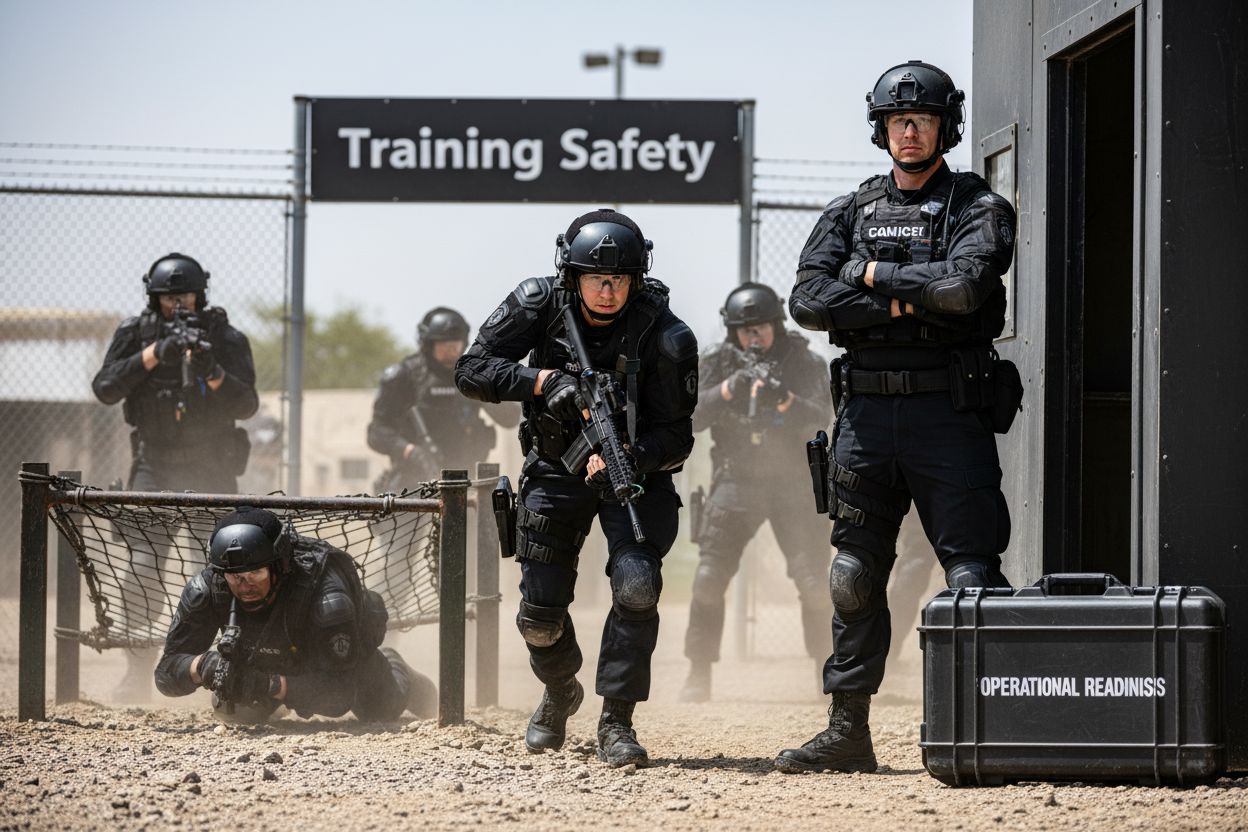
Elevate Your Training With Plate Carrier Engineered for Real-World Demands
Reading about the need for plate carrier in training highlights a critical truth: the gear you use in practice directly shapes your performance and safety in live situations. Many law enforcement, military, and security professionals face the hidden challenge of adapting to the real weight, movement restrictions, and stress that protective equipment brings. Training without the right armor can leave gaps in both confidence and capability, putting yourself and your team at risk. To achieve operational readiness and maximize both physical and psychological resilience, authentic gear is not just recommended—it is essential. Check the below video about Quadrelease 2.0 Plate Carrier:

Make your training count by choosing armor that matches your ambition and your mission. Explore the extensive range of body armor options at AcelinkArmor.com and experience firsthand how engineered protection enhances muscle memory and endurance. Invest in solutions trusted by serious professionals and elevate every moment of your preparation. Do not let your next training session fall short—visit AcelinkArmor.com today and gear up for success with tactical equipment built to meet the highest protection standards.
Frequently Asked Questions
Why is it important to wear body armor during training?
Wearing body armor during training is essential because it helps personnel adapt to the physical and psychological challenges associated with protective gear, allowing for improved performance and readiness in real-world scenarios.
What physiological benefits does training with a plate carrier provides?
Training with body armor enhances cardiovascular endurance, core muscle strength, and muscular endurance while improving shooting accuracy and weapon handling techniques under physical stress.
How does body armor contribute to psychological resilience in training?
Body armor helps build psychological resilience by familiarizing personnel with equipment limitations and stress responses, enabling them to remain calm and focused during high-pressure situations.
What safety features does body armor offer during training exercises?
Body armor provides ballistic protection through advanced materials that absorb and disperse kinetic energy from impacts, as well as serving as a protective barrier against simulated munitions and other training-related risks.
Recommended
- Body Armor and Combat Medics: First Aid Techniques for Trauma – Ace Link Armor
- Training with Armor: Best Practices for Conditioning and Movement. – Ace Link Armor
- Rifles vs Shotguns vs Pistols: Which is best for home defense – Ace Link Armor
- Preparedness Guide – Take Responsibility for Your Safety – Ace Link Armor


